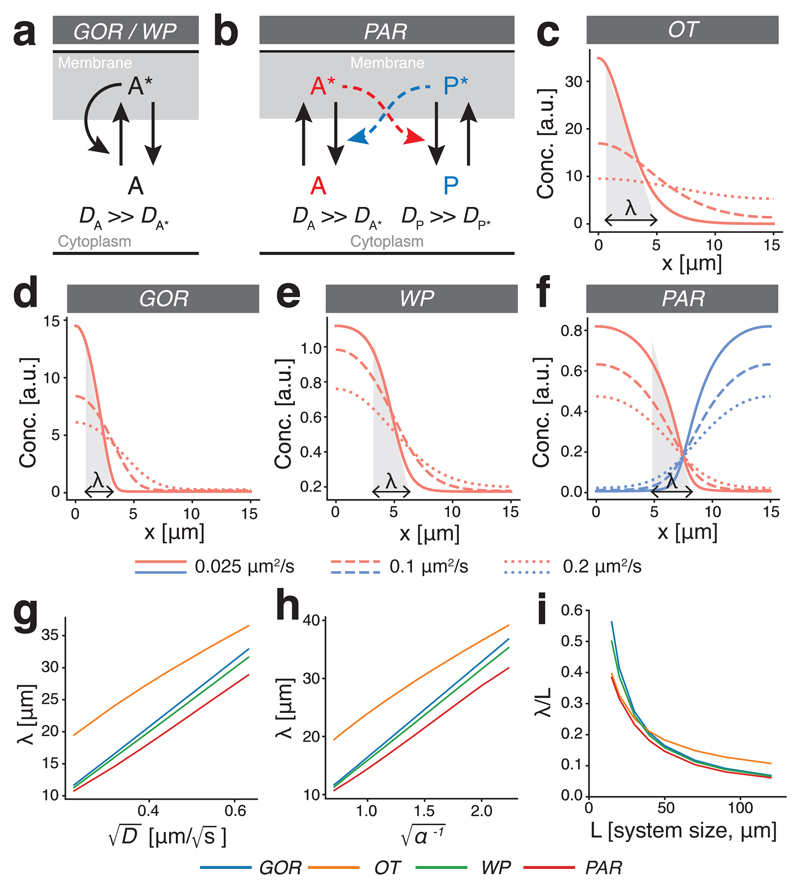Figure 1. Boundary interface in cell polarity models is defined by diffusive behaviour, not cell size.
(a) Reaction scheme for polarity models (OT, GOR, WP) based on a single species that interconverts between active (A*) and inactive states (A). Polarity relies on positive feedback in which A* locally recruits and activates A from a rapidly diffusing cytoplasmic pool. (b) Reaction scheme for a two-component polarity model based on two mutually antagonistic species that interconvert between active, membrane-bound (A* / P*) and rapidly diffusing inactive cytoplasmic states (A/P). (c-f) Sample steady-state distributions reached in various polarity models for varying diffusivities of the active species (D = 0.025, 0.1, 0.2 µm2/s). Shaded triangles illustrate λ for each model in the slowest diffusion case. (g) Linear dependence of λ on . (h) Linear dependence of λ on where α is a scaling factor applied to all reaction rates in the system. (i) When system size is reduced, λ occupies an increasing fraction of the system (λ/L), highlighting the general lack of scaling in these models.

